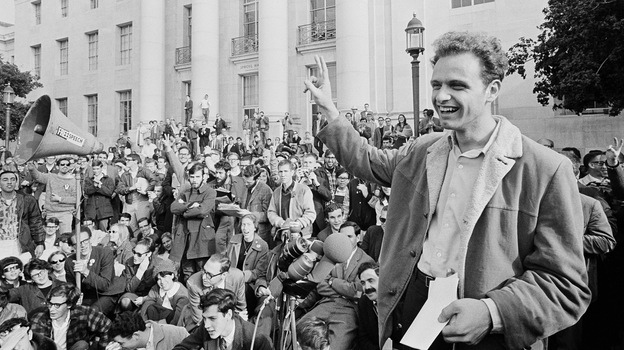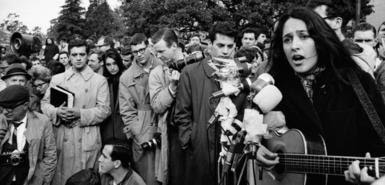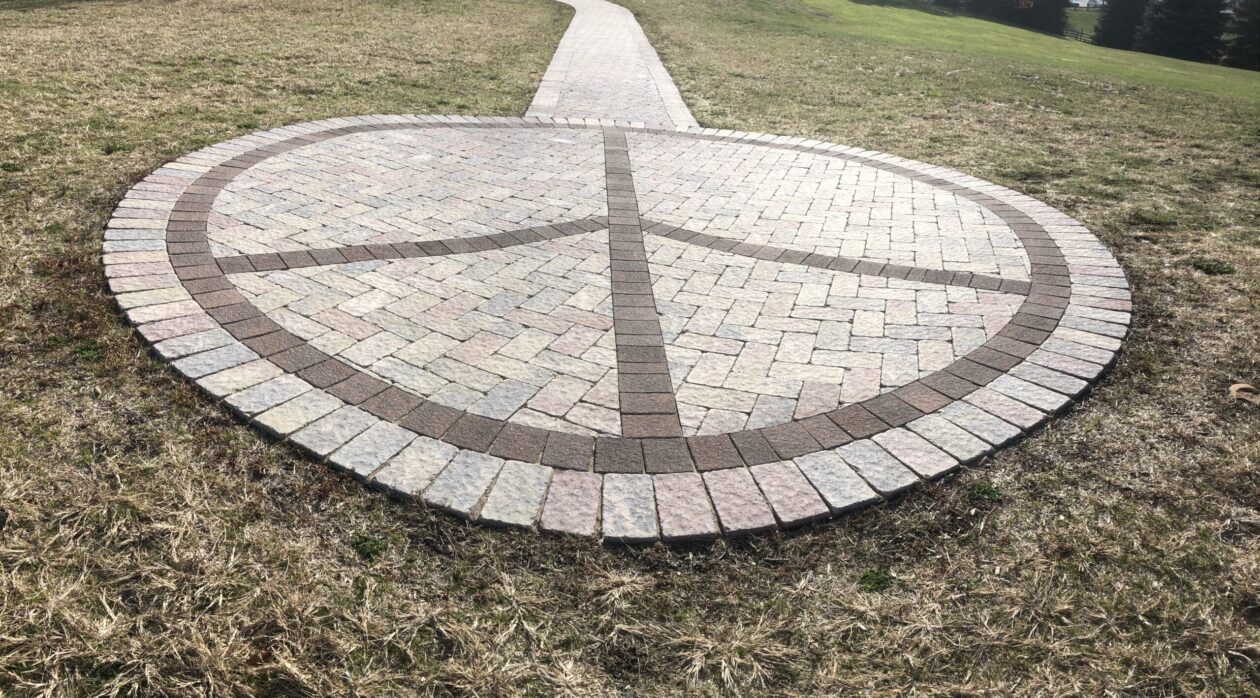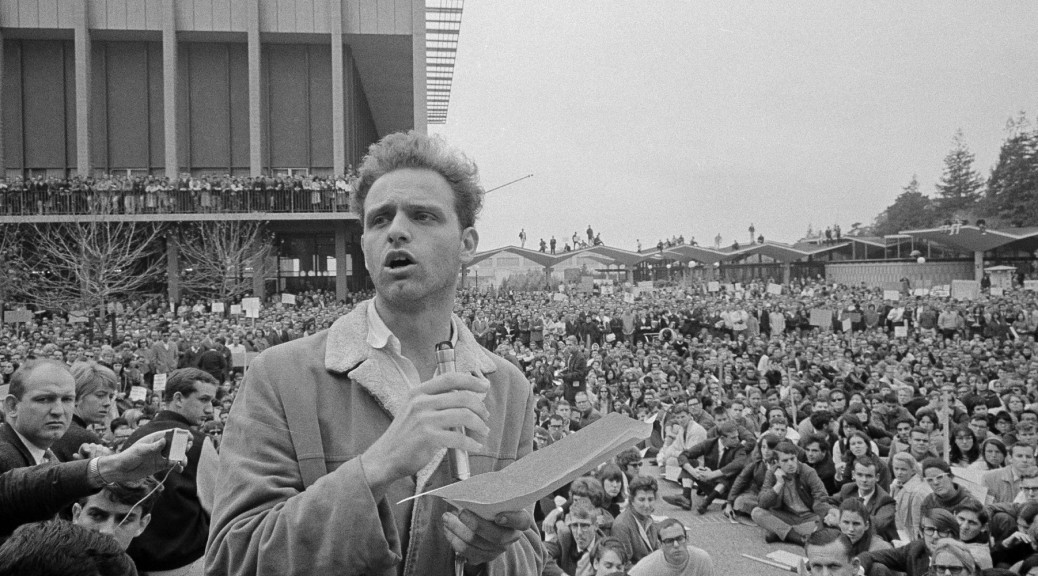Student Free Speech Movement
A hallmark of the 1960s’ cultural revolution was the the student free speech movement. In 1964, the tip of the baby boomer generation was starting college and some of them actually followed the curricula and critically examined information.
Mario Savio
During the summer of 1964, between his junior and senior year at the University of California, Berkeley, Mario Savio had gone to Mississippi to join the Freedom Summer projects there. Savio taught at a freedom school for black children in McComb, Mississippi.
In July, Savio, another white civil-rights activist and a black acquaintance were walking down a road in Jackson and were attacked by two men.
He also attended the Mississippi Free Democratic Party convention. The whole experience inspired him.
Suspects
The post war Red Scare and Cold War continued into the 1960s. Protesters were suspect. College campuses included.
On September 14, 1964 UC Berkeley Dean of Students Katherine Towle, wrote a letter to the student political groups telling them that they could no longer use a designated plaza to solicit support for “off campus political and social action.” The plaza had been the most accessible location for student-to-student interaction.
The United Front began protests and for two months negotiations between the college administration and United front sputtered along. By December the student free speech movement…

Student Free Speech Movement
Mario Savio at UC Berkeley
December 2, 1964: student free speech movement activist Mario Savio and other students occupied the University of Berkeley’s Sproul Hall to protest a ban on campus activism. Joan Baez sang in support. (NYT article)

Student Free Speech Movement
Sproul Hall
On December 3, police arrested nearly 800 students attempting to control the student free speech movement.
On December 7 classes were cancelled, but on December 8 the Academic Senate voted overwhelmingly for no restrictions on the content of speech or advocacy. It appeared that the Student Free Speech Movement had won.
From jofreeman.com: When the faculty left the hall, students cried, cheered, and applauded. Symbolically, the FSM had won, but the struggle was not over; only the Regents could set policy. When they met on December 18, they voted to support the First and Fourteenth Amendments to the U.S. Constitution, but insisted on law and order. The faculty felt the spirit of their resolution had been met, but the FSM did not. When the new campus administration wrote detailed regulations, content of advocacy was ignored in favor of stringent time, place and manner rules. Scuffling over the rules and how they were applied continued….
Student Free Speech Movement
Movement spreads
The student free speech movement would spread. On December 12, Savio warned in New York. (NYT article)
By March 9, 1965, a NYT headline read:
Clark Kerr Will Resign as U. of California Head
But by March 14 Kerr rescinded his resignation and :
BERKELEY FACES STRICTER CURBS
On April 26, 1965 Savio quit the Free Speech Movement (Savio quits), but student activism didn’t.
Mario Savio died on November 6, 1996.

